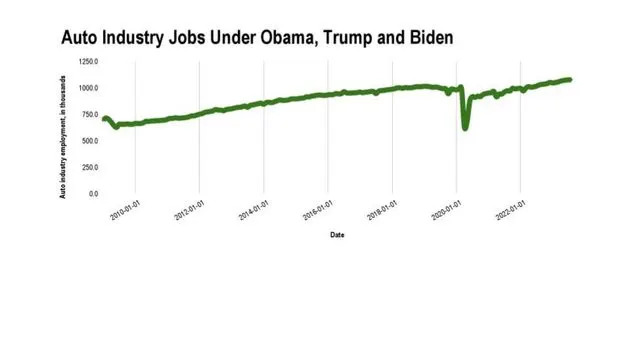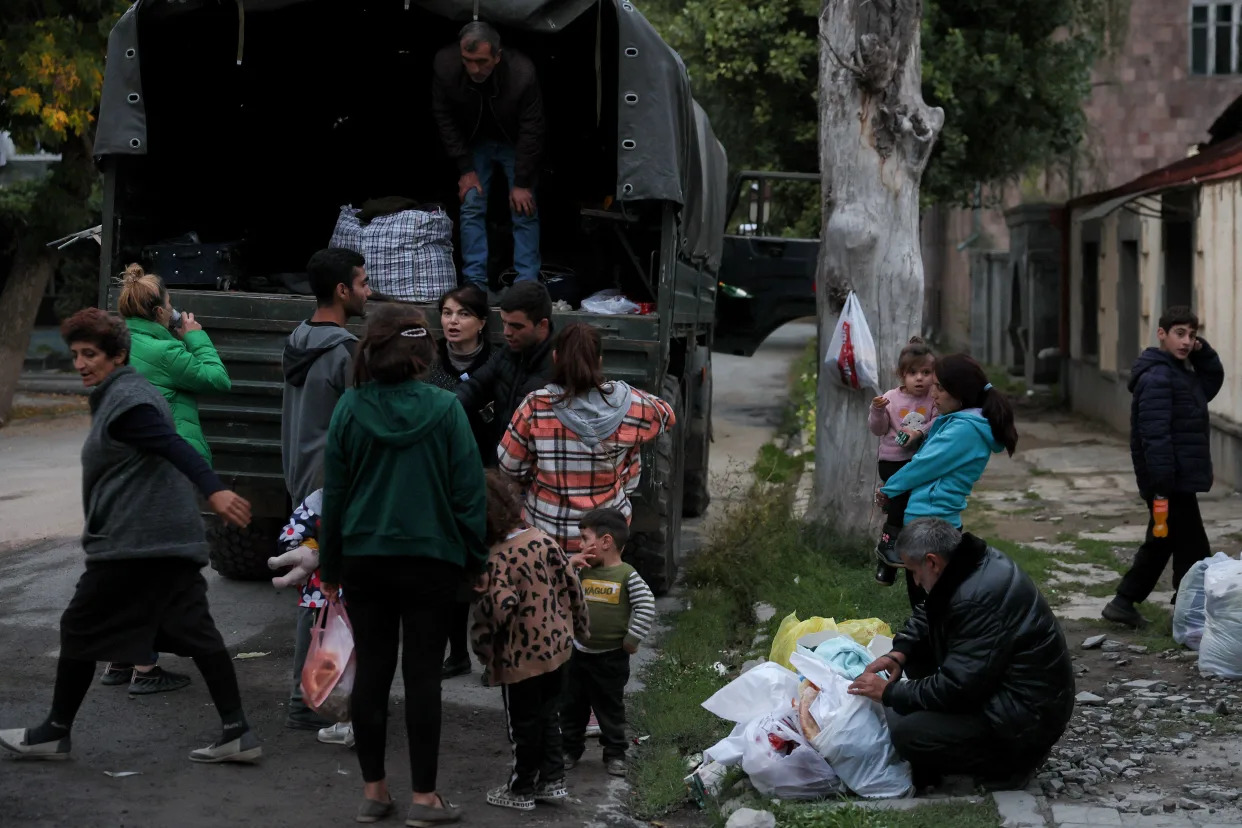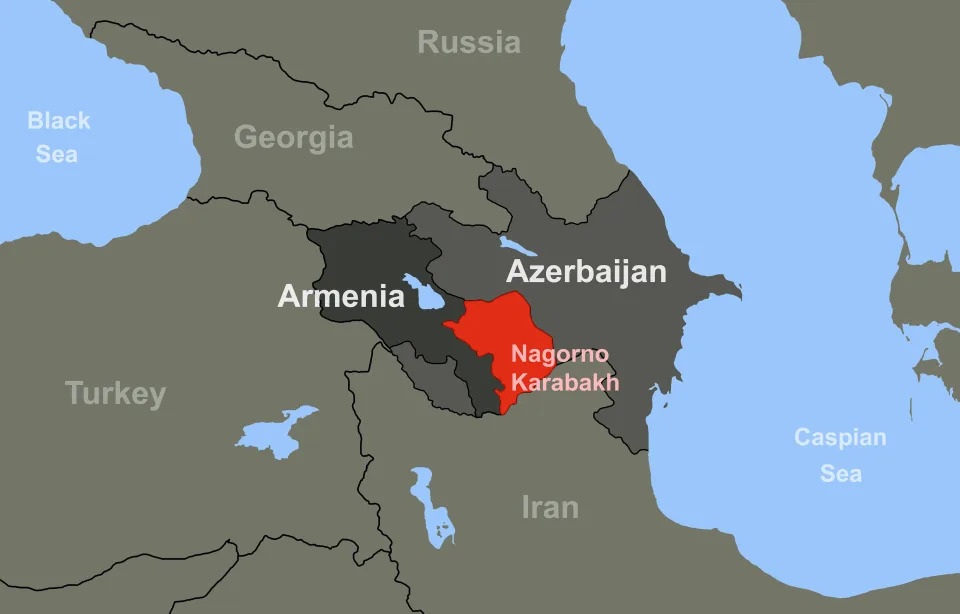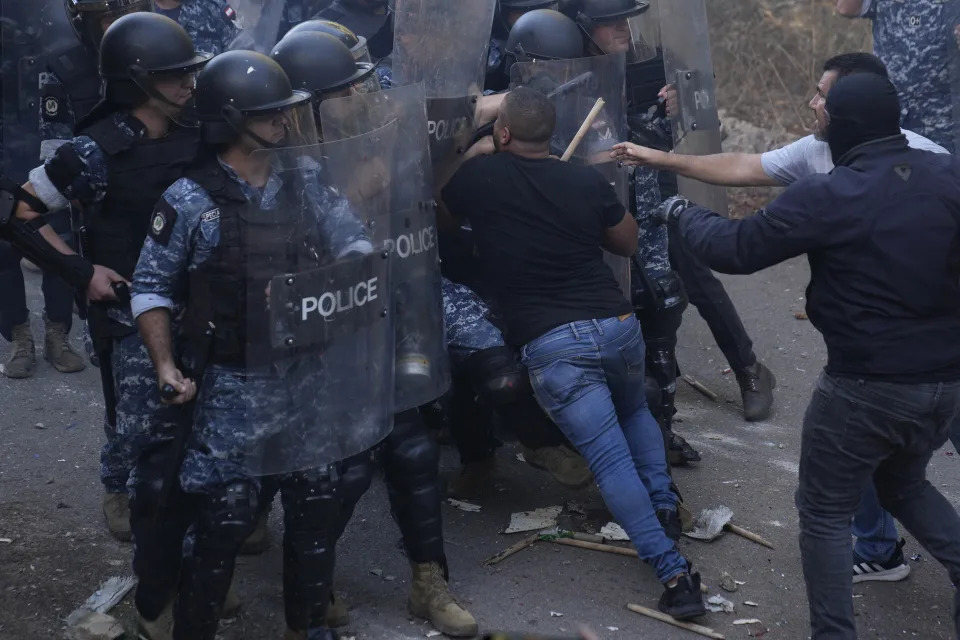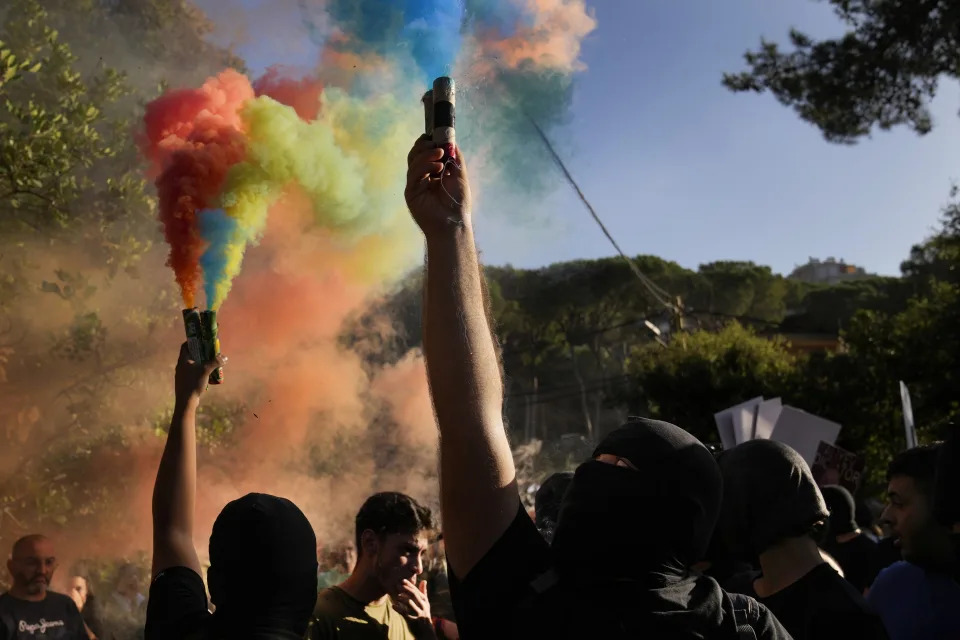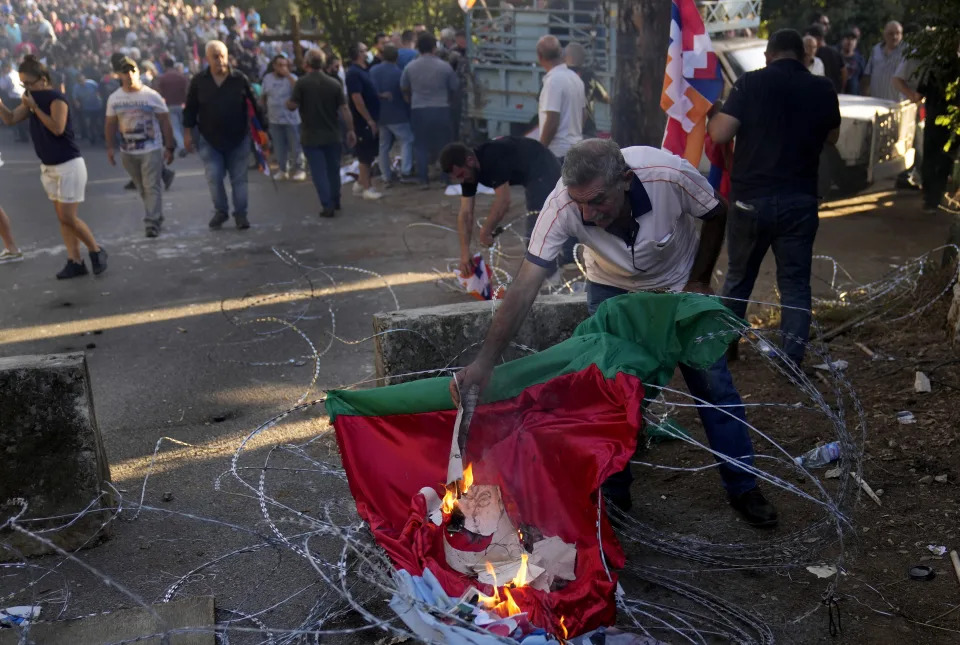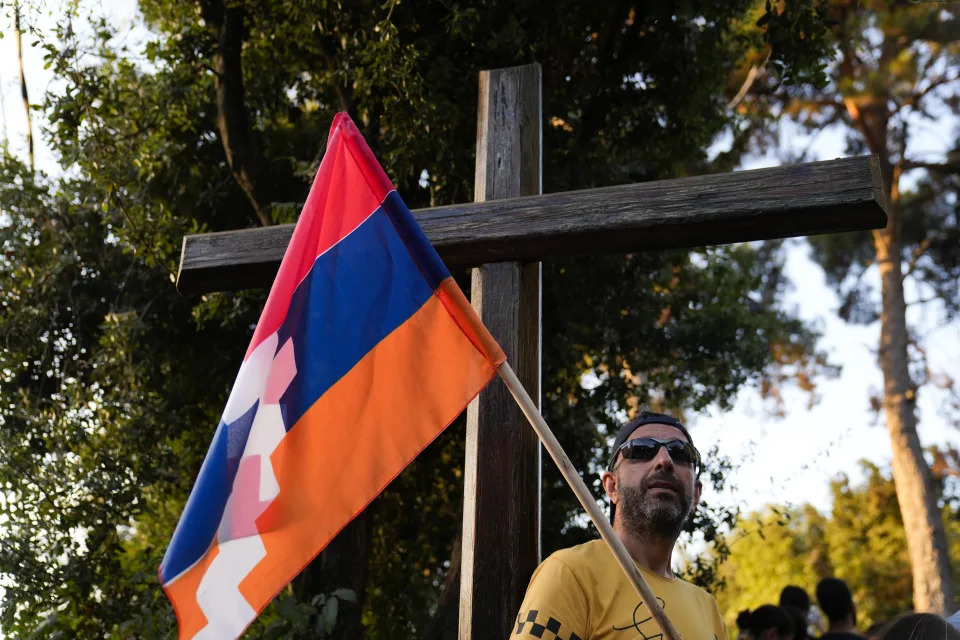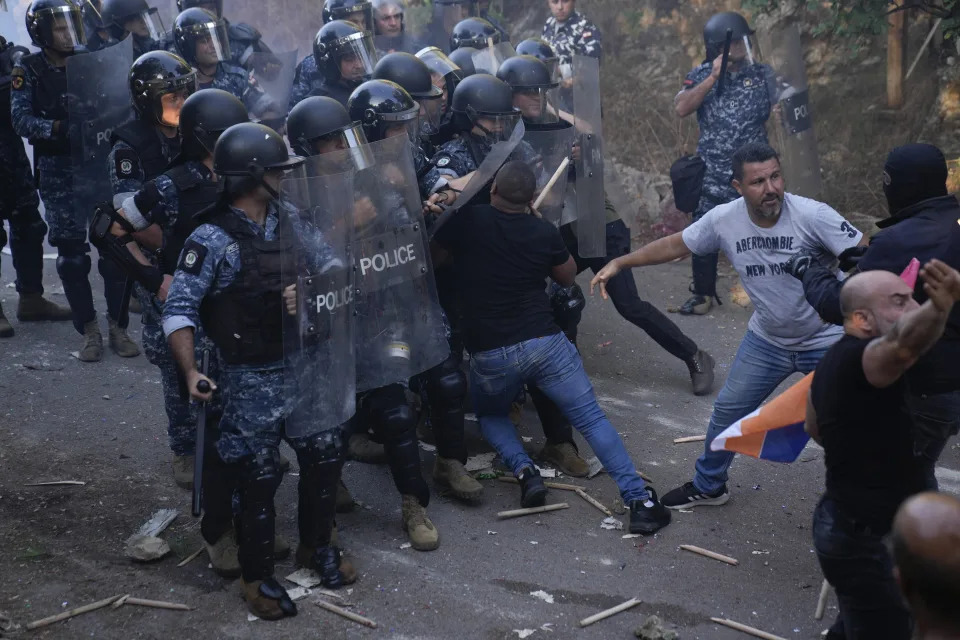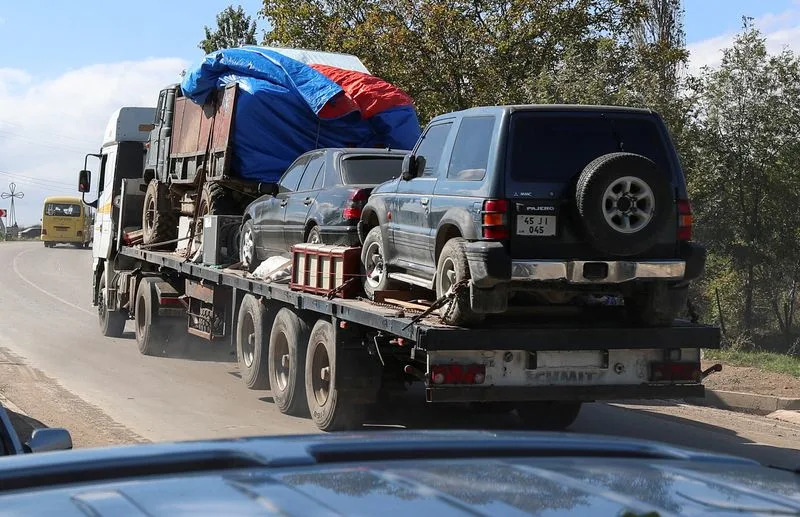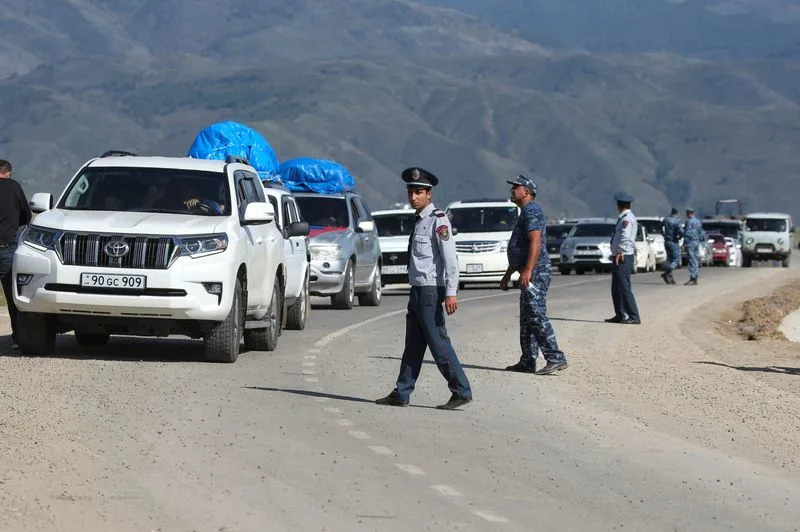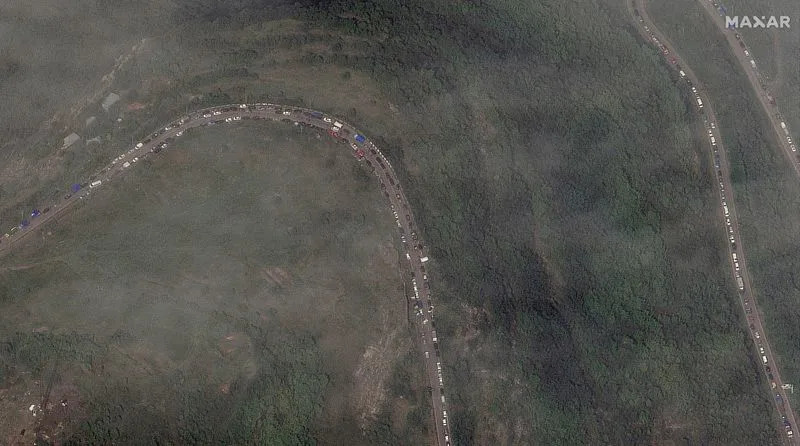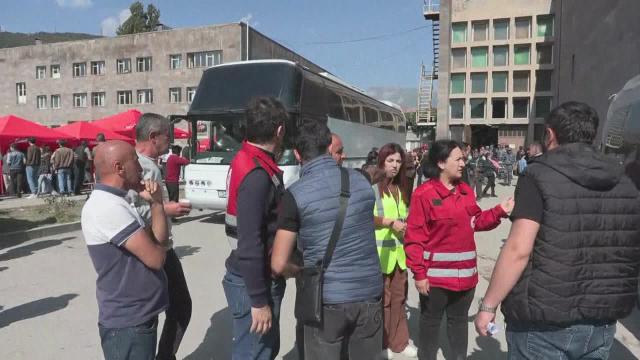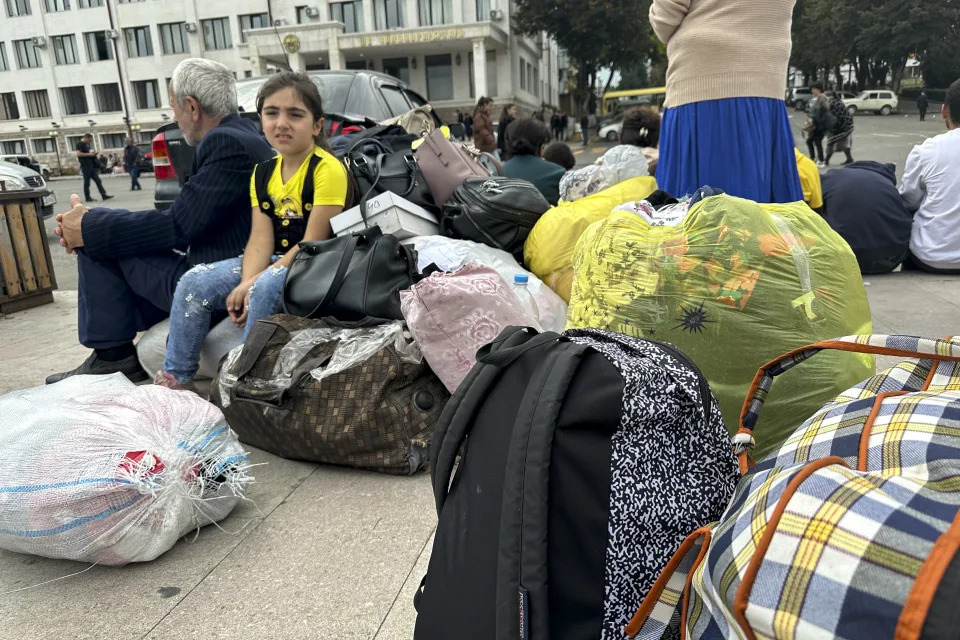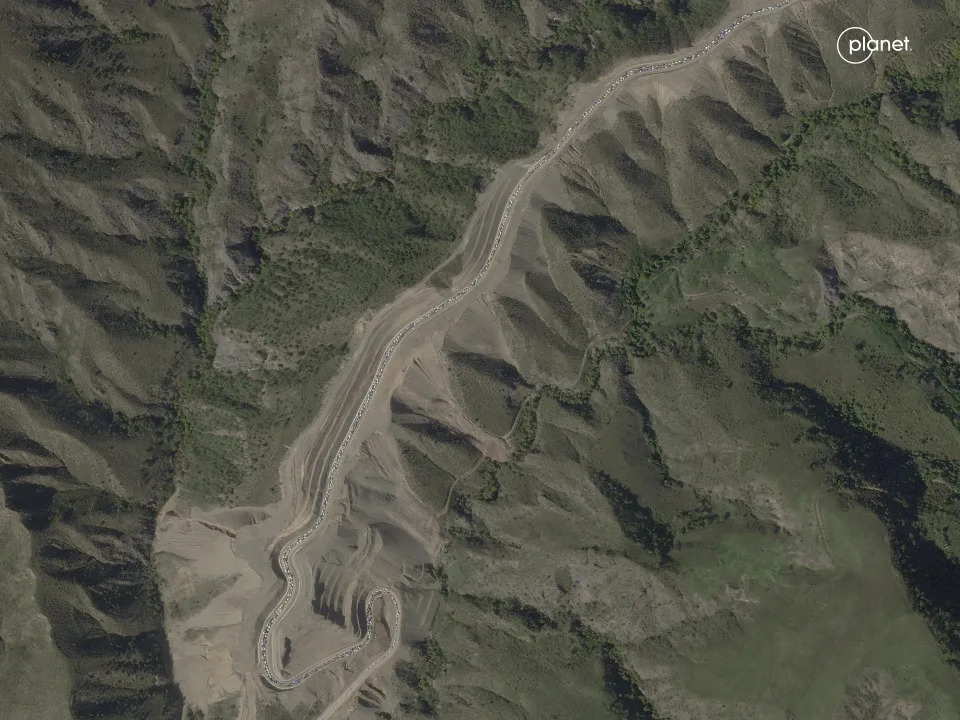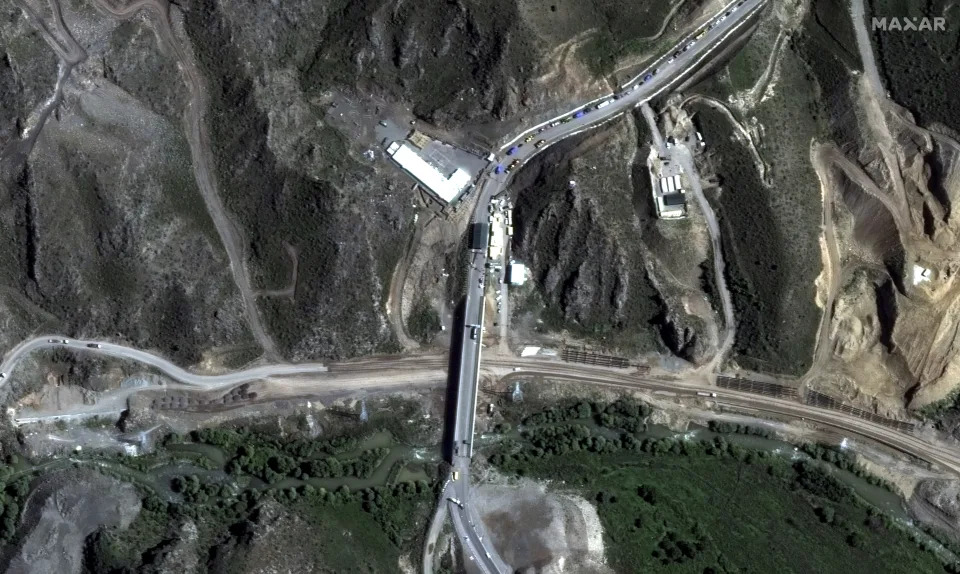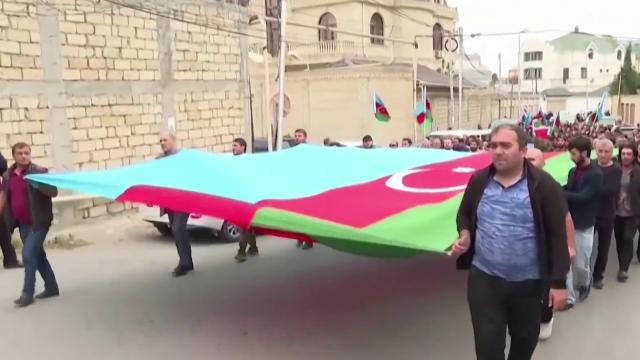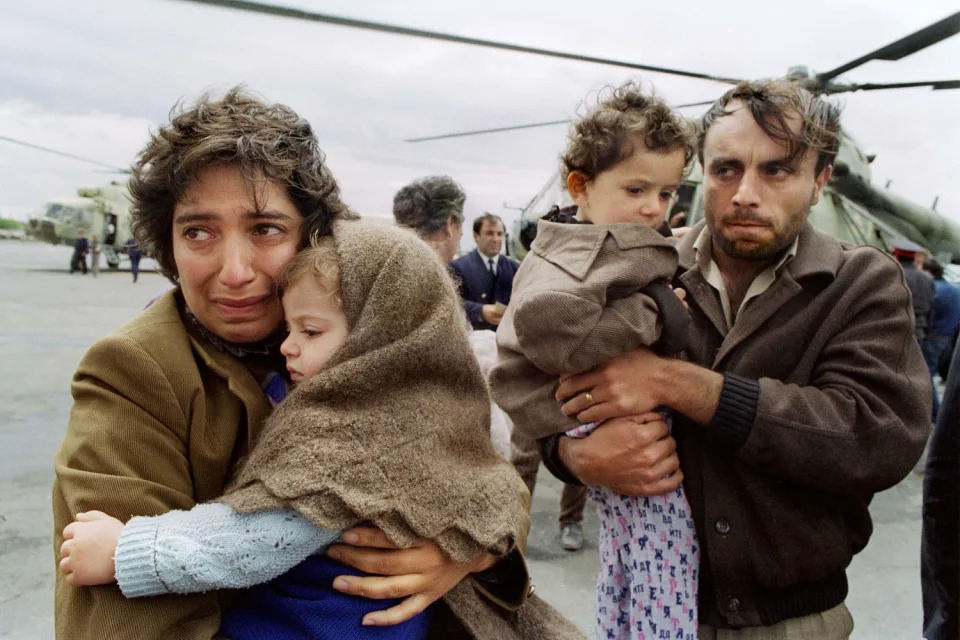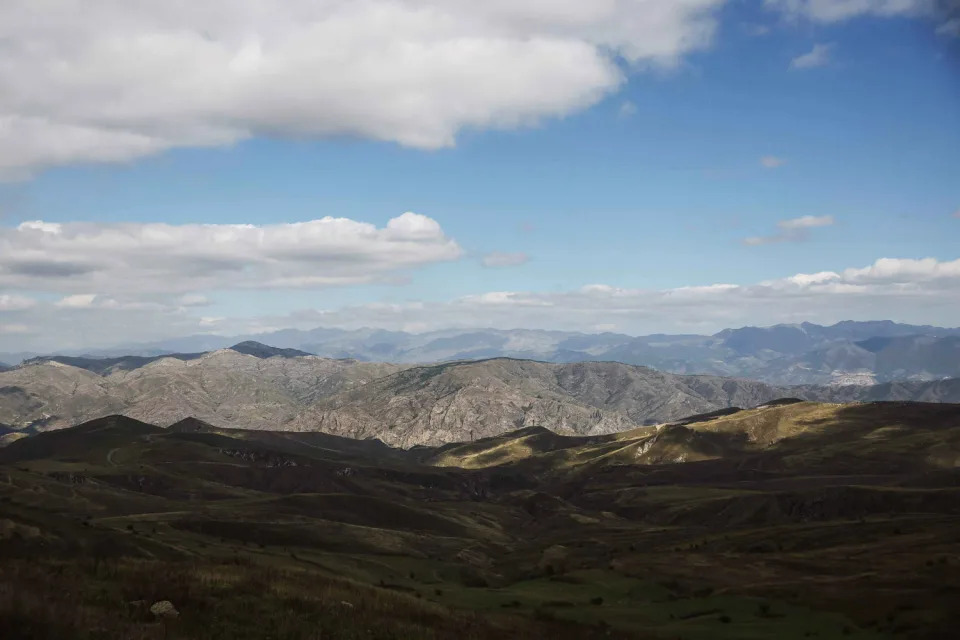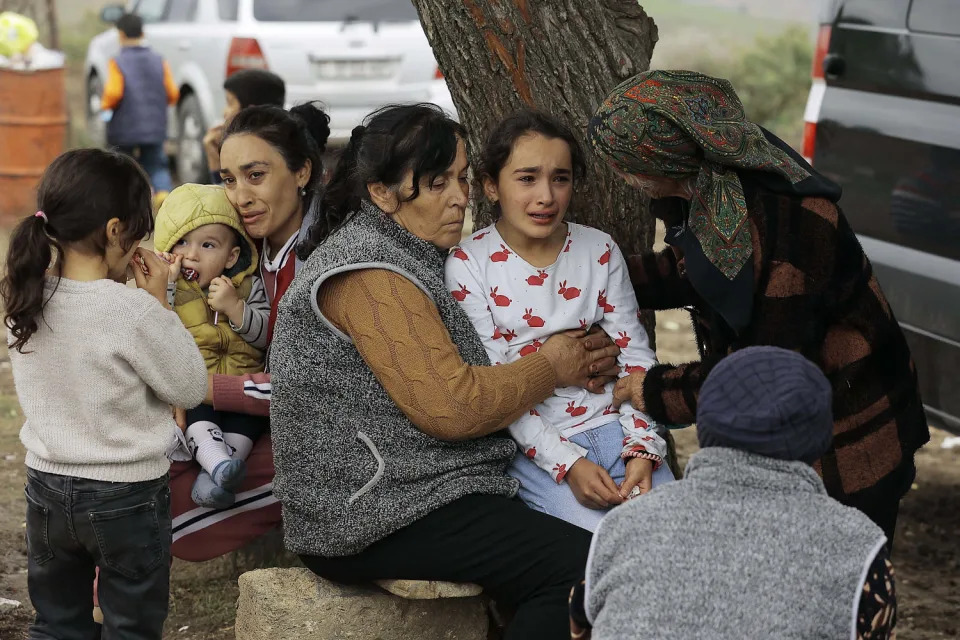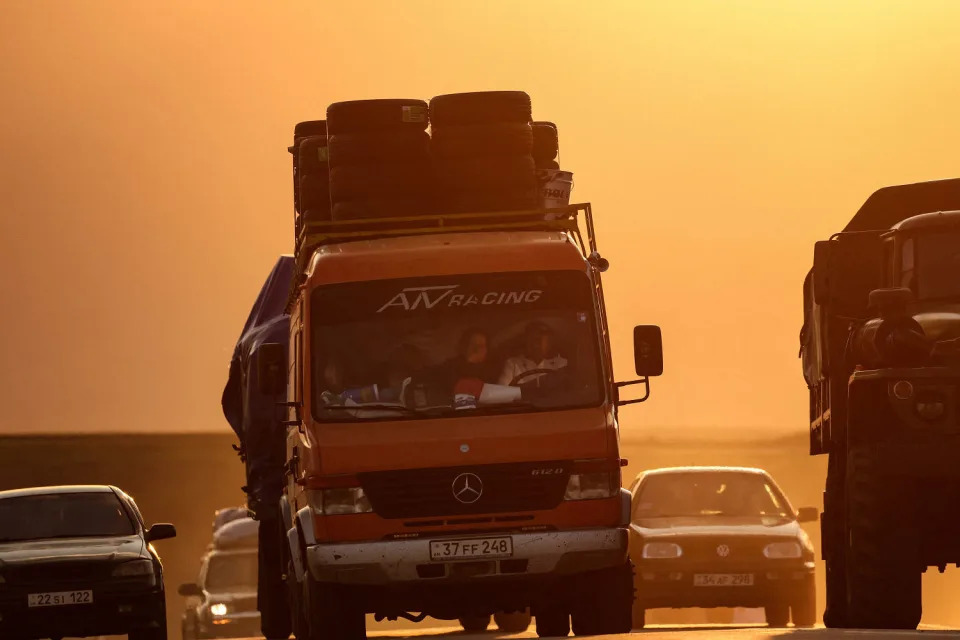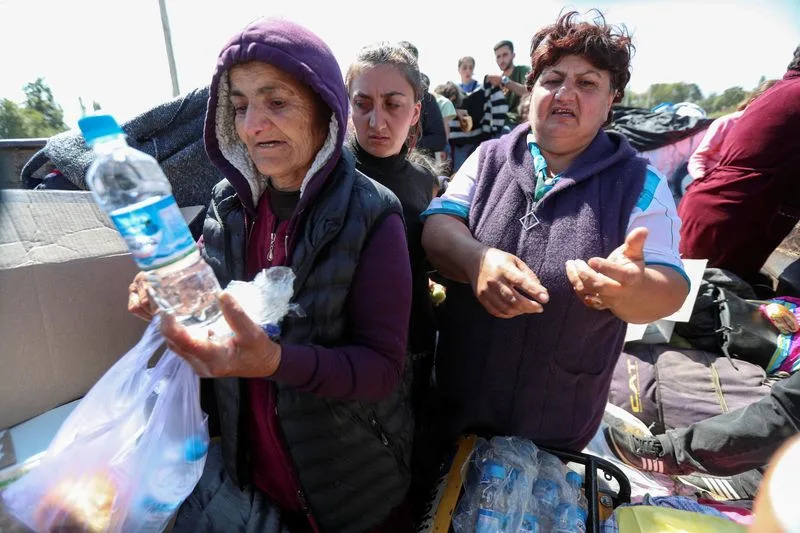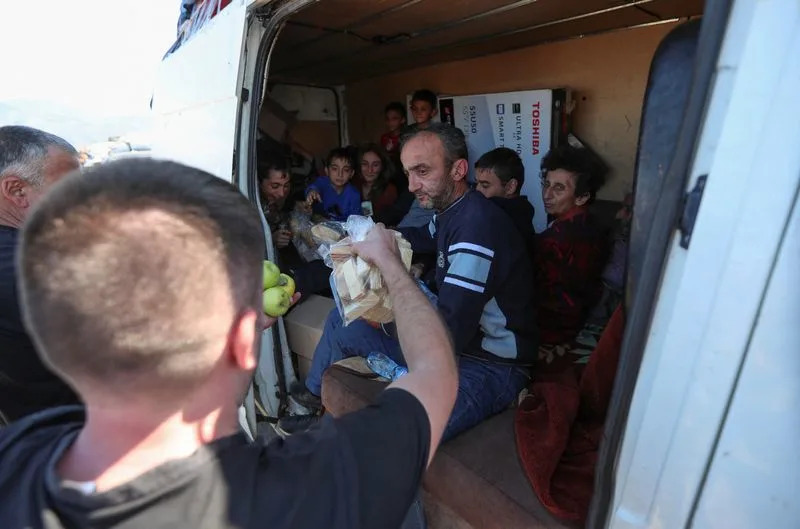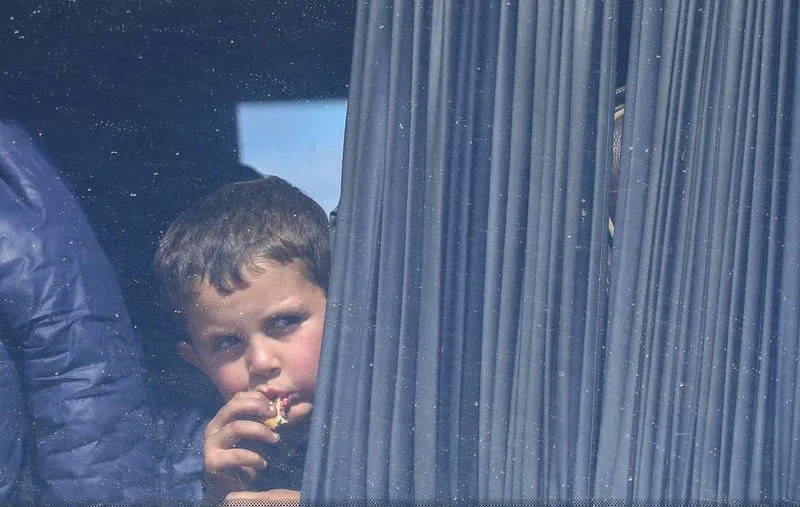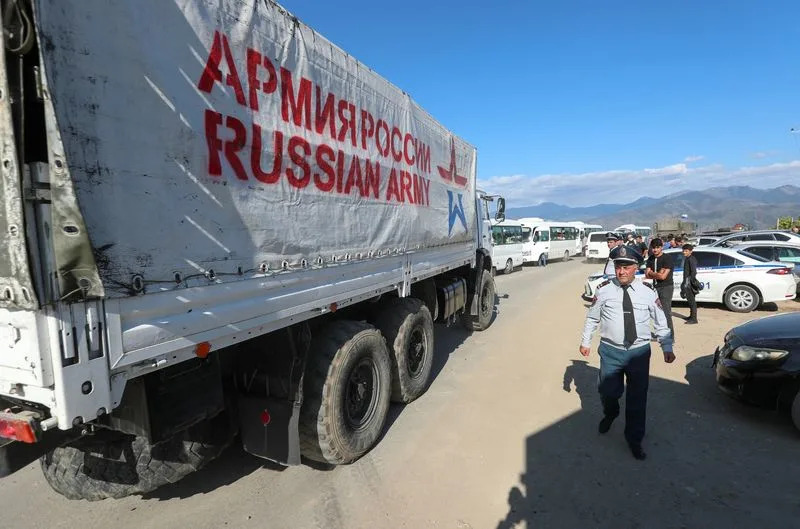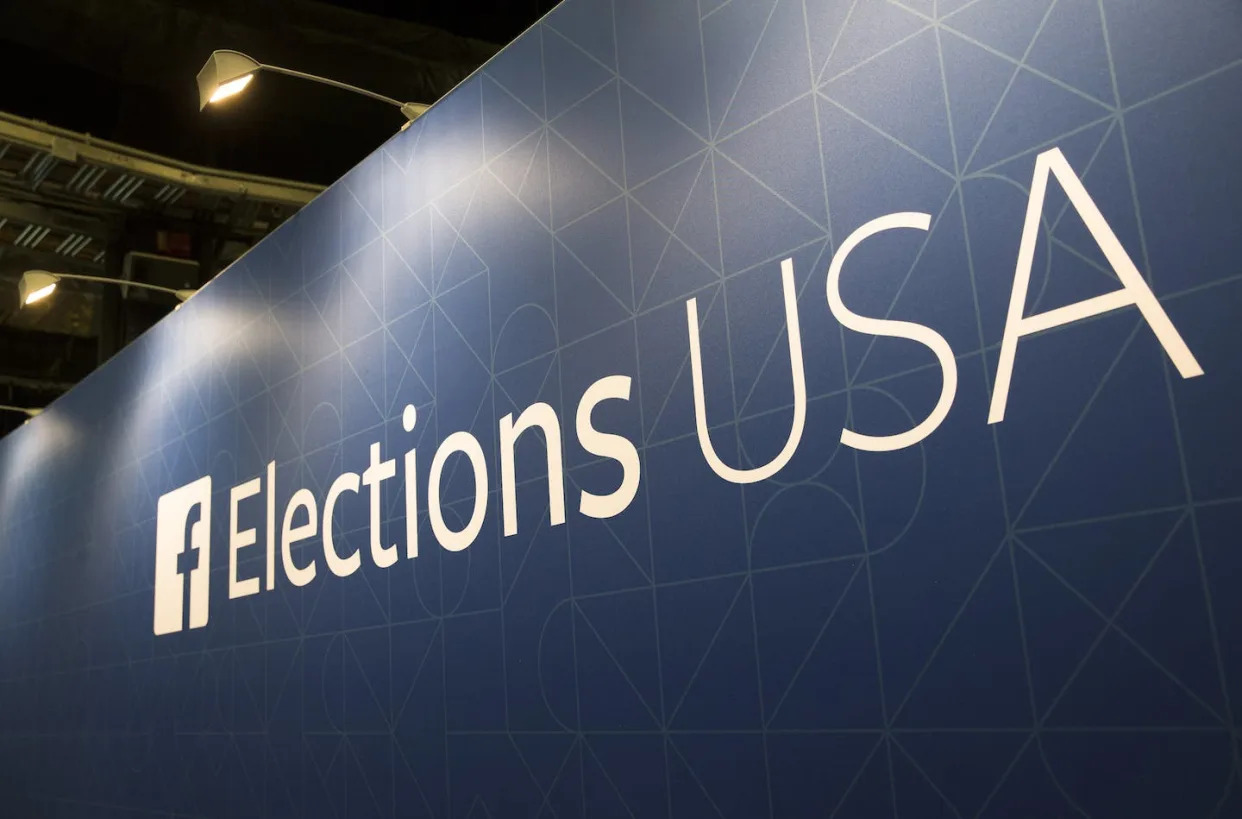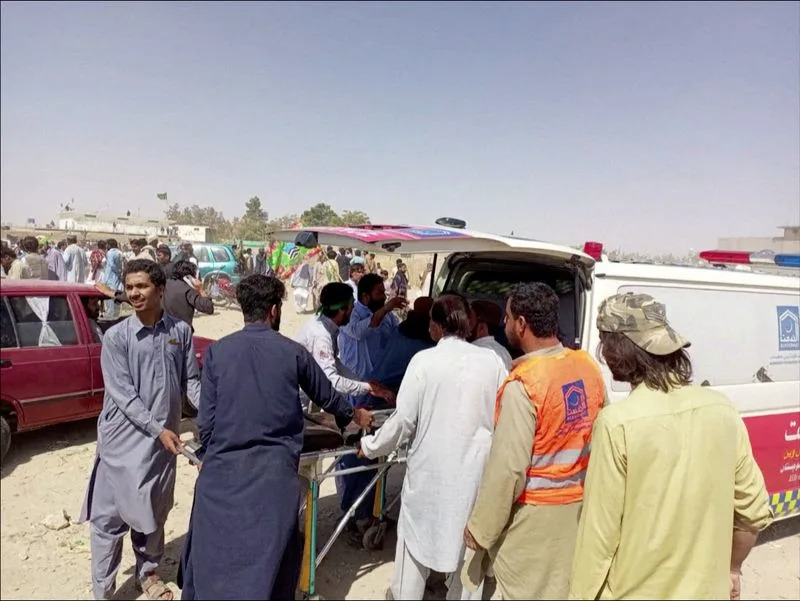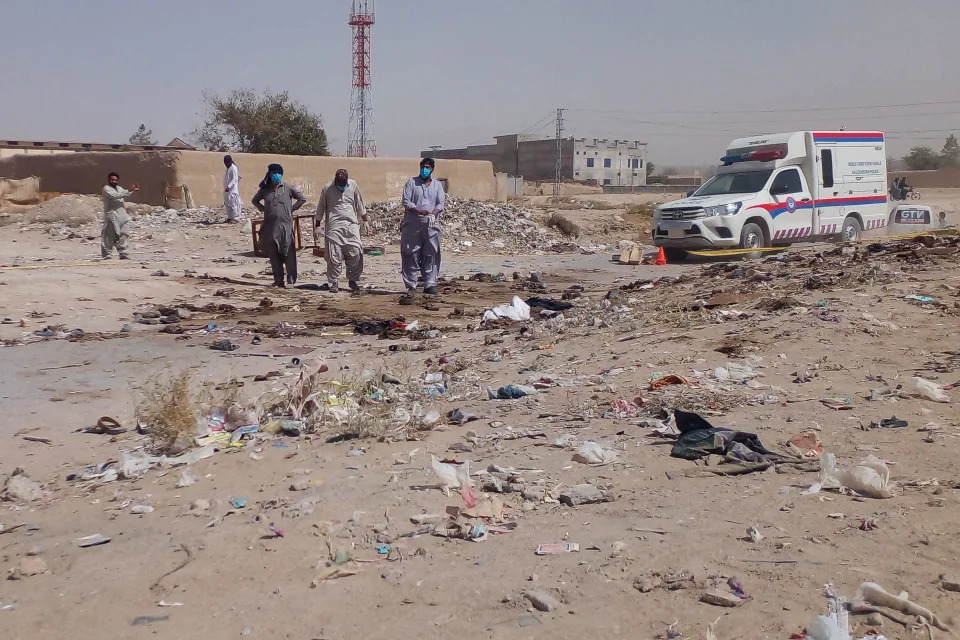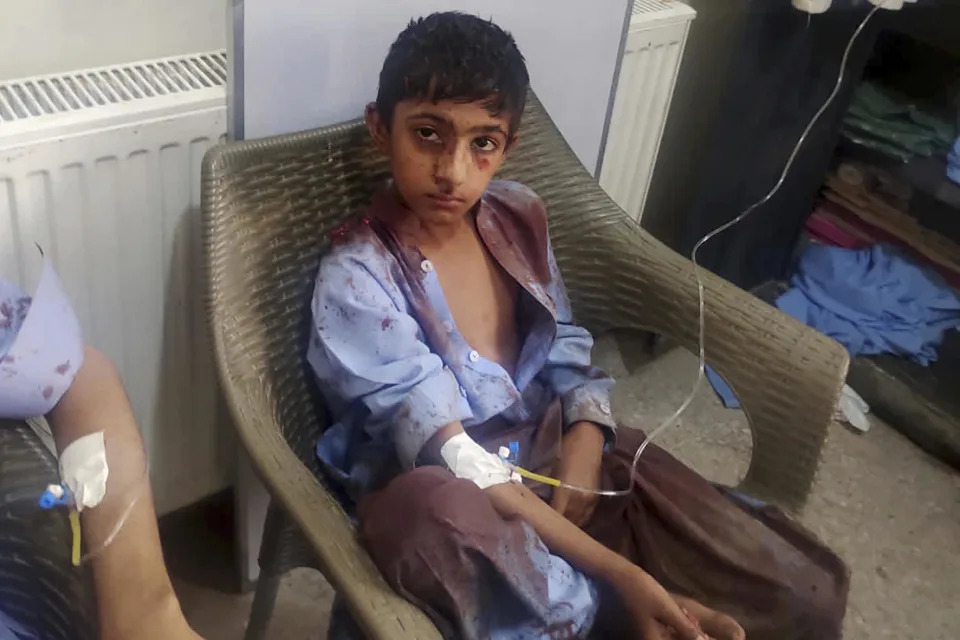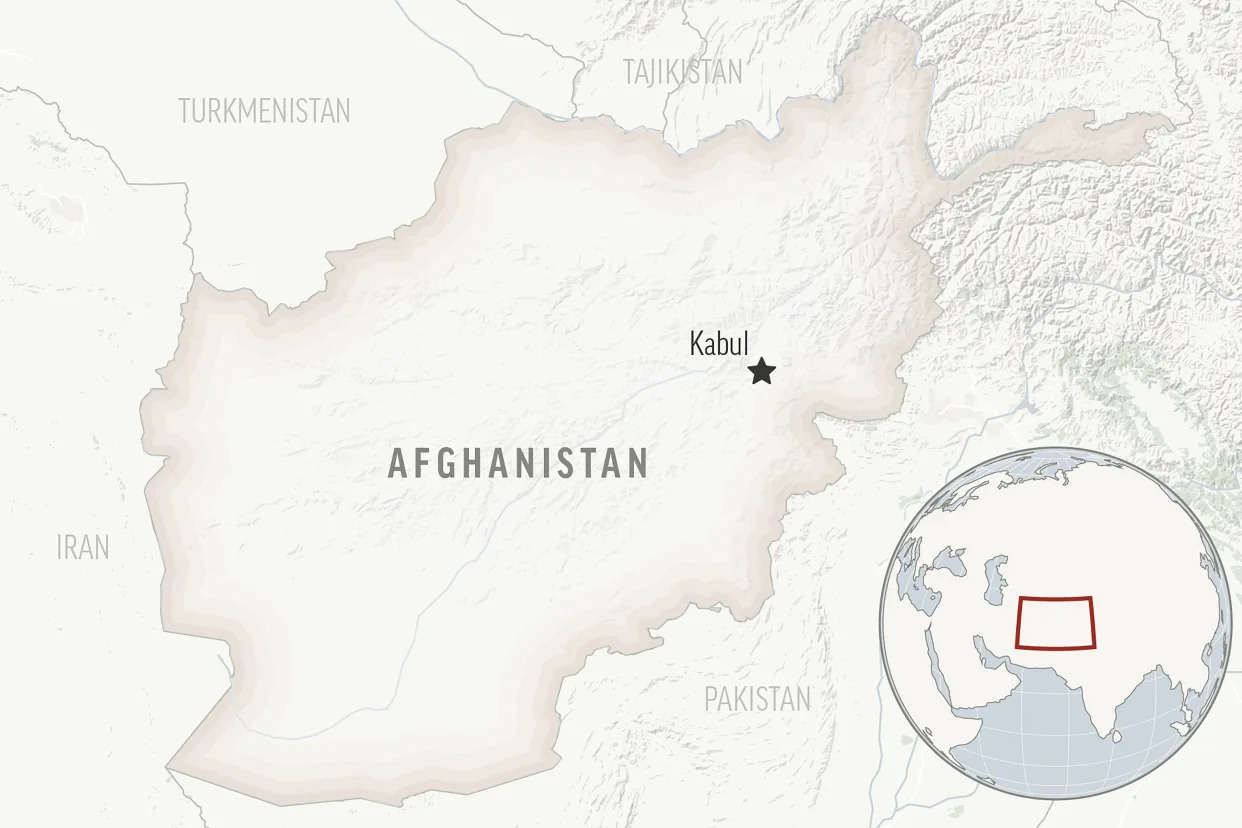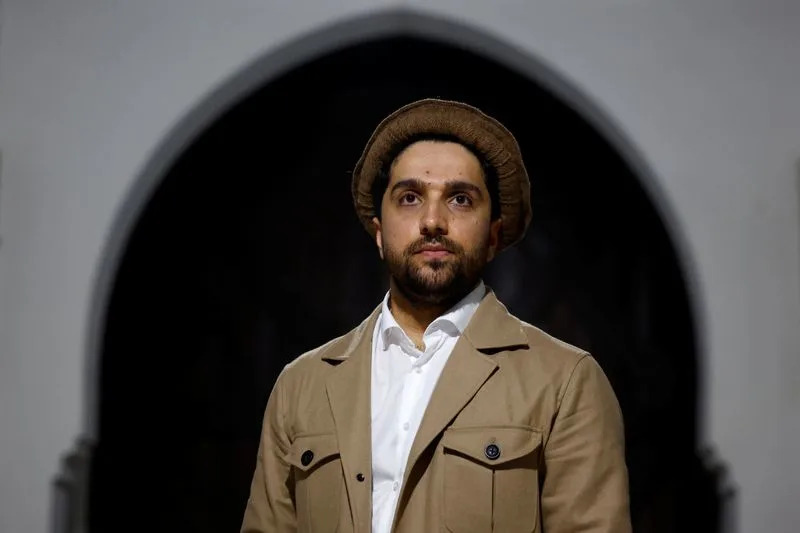Jonathan Cohn
Updated Thu, September 28, 2023
The first topic of discussion in Wednesday night’s Republican presidential primary debate was the United Auto Workers strike against the Big Three auto manufacturers. The first candidate to address the underlying issues directly was former Vice President Mike Pence, who said the workers’ real enemy wasn’t the companies but President Joe Biden — because, allegedly, Biden’s support for electric vehicles is decimating the industry and sending jobs to China.
It’s “good for Beijing and bad for Detroit,” Pence said.
You may have heard a version of that argument before because it’s a favorite line of former president and 2024 GOP front-runner Donald Trump. You will almost certainly hear it again as it’s a great way to undermine one of Biden’s best campaign boasts, about how much he’s done to create manufacturing jobs.
But there’s very little to back up the Republican claim ― and an awful lot to suggest that it’s wrong.
Let’s start with the numbers. Since Biden took office in January 2021, total auto manufacturing employment in the U.S. has risen from about 948,000 to 1,073,000 jobs, according to the U.S. Bureau of Labor Statistics. That’s a monthly rate of about 4,000 new auto jobs a month, as Jim Tankersley of The New York Times noted on Tuesday.
Auto industry manufacturing jobs, in thousands, from January 2009 through this month.
Compare that to Trump’s record: Total auto manufacturing employment ended up in almost the exact same place it was at the beginning of his presidency. And though the biggest reason was a decline during the first months of the coronavirus pandemic, employment had actually begun to fall before the virus hit.
It’s hard to say whether any of that is related to policies Trump pursued. But at the very least, it’s a reminder that sometimes the auto manufacturing workforce stagnates or declines.
And during Biden’s presidency, it’s been growing.
An Argument About The Future
To be fair, the Republican attacks on electric vehicles are mostly about two sets of Democratic policies that are just starting to take effect.
One is tighter emission standards, which U.S. manufacturers can meet only by making more electric cars. The other is a set of direct subsidies for electric vehicles so that it’s cheaper for companies to build them and cheaper for consumers to buy them.
If Biden and the Democrats were only tightening emission standards, then decimating the domestic auto industry would be a real danger. That’s because the Big Three can’t currently make electric vehicles here in the U.S. as cheaply as automakers who are manufacturing the vehicles overseas, where worker pay tends to be a lot lower.
But that’s why the subsidies are so important. By design, they apply only to vehicles and parts that come from the U.S. That will close the cost gap so that companies manufacturing electric vehicles and their parts can compete.
And there are lots of signs that the effort is working.
Auto companies have announced plans to build literally dozens of new factories in the U.S., many in what’s coming to be known as the “battery belt,” stretching from Georgia in the South to Michigan in the North. They are expected to generate hundreds of thousands of jobs directly, plus many more (along with economic growth) indirectly.
You can see what that looks like, statistically and geographically, by checking out the tally that the progressive-aligned BlueGreen Alliance is keeping on its website.
The Strike And Its Real Meaning
That’s not to say nothing could go wrong — or that it will all work out well for U.S. workers.
Even if the net effect of Biden policies is more auto jobs, as a recent study from Carnegie Mellon University predicted, many of them could be in factories that aren’t subject to existing labor agreements guaranteeing good pay and benefits.
That includes jobs at a set of “joint ventures” that the Big Three plan to run with foreign partners in order to take advantage of the technology that Chinese and South Korean companies have developed ― and that American companies need to learn quickly if they want to catch up.
The UAW wants no part of this. Guarantees of a “just transition” in which the new electric vehicle jobs pay as well as the old factory positions is a key demand of its strike. The Big Three are resisting because, they say, if they have to pay the workers in EV factories too much, it will offset the help of the Biden subsidies.
Their anxiety about labor costs at these facilities, well-placed or not, is real ― and may help explain why Ford just announced it was “pausing” development of a massive battery plant it had planned to build in Michigan.
Finding the right balance between the two claims is going to be tricky. And though Biden and his aides have made it clear their sympathy for labor ― most visibly, with Biden’s unprecedented visit to a Detroit-area picket line on Tuesday ― it remains to be seen whether they can pull off the transition in a way that allows both the companies and their workers to thrive.
But it seems unlikely that the alternative universe, with Republicans in charge, is one where autoworkers get more help. The hallmarks of Trump’s presidency were anti-union appointments to the National Labor Relations Board and the weakening of worker safety regulations, along with big tax cuts for corporations and the rich.
And that’s not to mention the fact that the worldwide transition to electric vehicles is almost certainly going to happen regardless of what U.S. policymakers do. The industry was committing to it even before Biden took office. The question now is who builds those vehicles and where.
Repealing Biden policies, as Republicans have proposed doing, would take away incentives to build those vehicles and their parts here ― which means, you guessed it, many more would be built in China.
That really would be good for Beijing and bad for Detroit. And probably the rest of the U.S. as well.
Clarification: This story has been updated to make clear that the auto industry employment figures are for manufacturing only.
